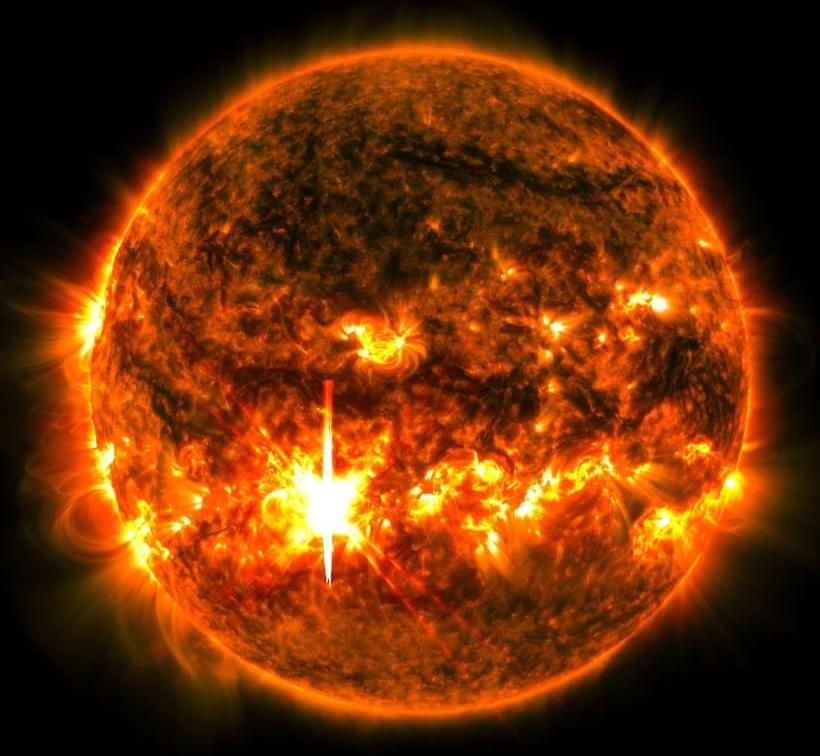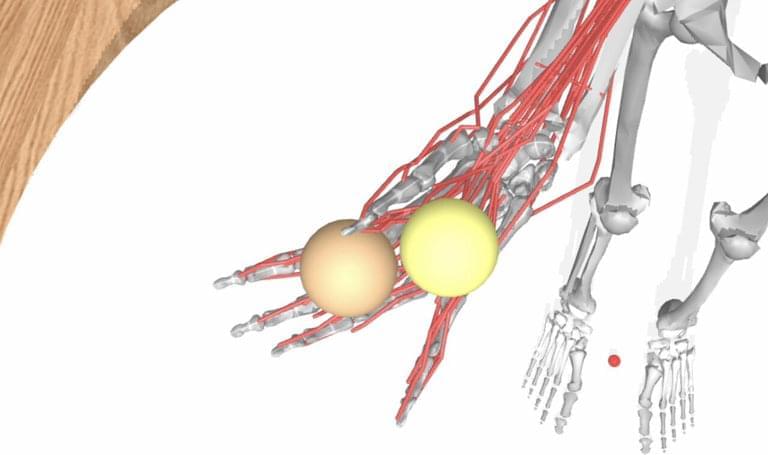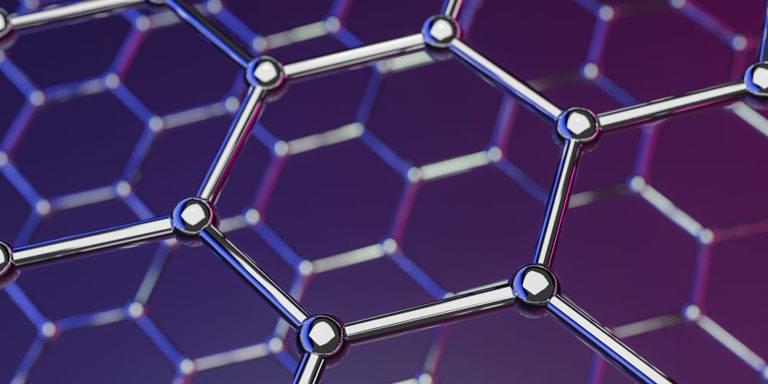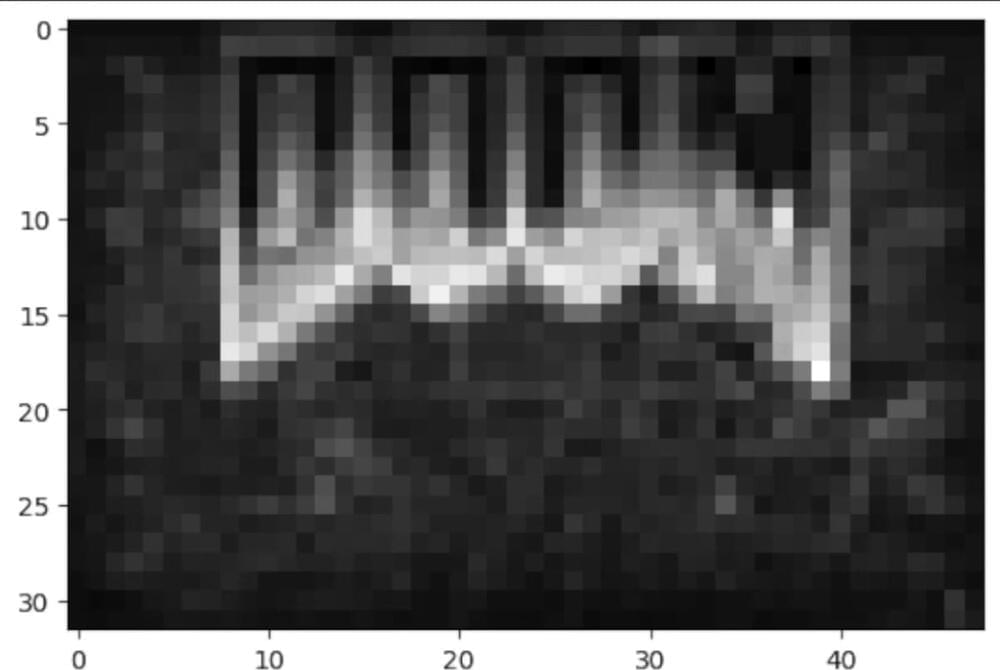Nvidia has released a powerful open-source artificial intelligence model that competes with proprietary systems from industry leaders like OpenAI and Google.
The company’s new NVLM 1.0 family of large multimodal language models, led by the 72 billion parameter NVLM-D-72B, demonstrates exceptional performance across vision and language tasks while also enhancing text-only capabilities.
“We introduce NVLM 1.0, a family of frontier-class multimodal large language models that achieve state-of-the-art results on vision-language tasks, rivaling the leading proprietary models (e.g., GPT-4o) and open-access models,” the researchers explain in their paper.







